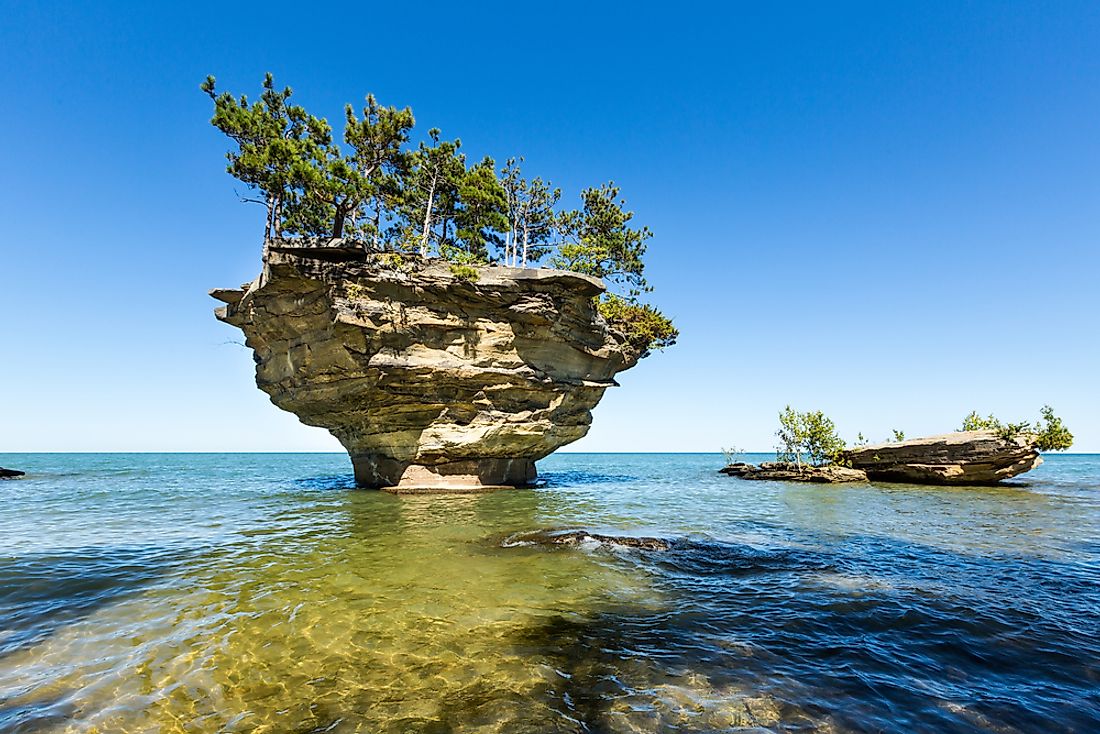

The shape of the leaves vary from ovate to oblong The young shoots are hairy grey-greenish, becoming hairless laterĪrranged opposite to one another with a short stalk and measure about 4 cm to 10 cm in length and 2 cm to 4 cm in width. Slender, glabrous, purplish red and green, turn brown the second year, pith white, leaf buds slender and pointed, flower buds much larger and round Straight, sometimes with sinuous or multiple stems, the branches ends often drooping
Cornus mas in us skin#
Grey-brownish, peeling off in scaly flakes like crocodile skin Regular, bushy, hemispherical, and may expand more horizontally up to 5m (4.5 m) and short bole is usually up to 25cm in diameter, occasionally to 45cm Prefers moist, organically rich soilsĢ0-25 ft.
Cornus mas in us full#
Woodlands, especially in calcareous soils, undergrowth in light, mainly oak and hornbeam forests, also at forest edges and in shrubby thickets on slopesĮasily grown in average, medium, well-drained soil in full sun to part shade. Medium to large, slow-growing, deciduous, multi steamed shrub or small tree Turkish: Kızılcık, Ergen, Ergençiçeği, Kiren, Spanish: Cornejo común, Cornejo macho, Corno Europeo, cornejo, cornizo, cuerno Portuguese: Cornelian cereja, corniso, cornizo

Lithuanian: Geltonoji sedula, Geltonžiedė sedula Japanese: Se iyousanshuyu (セ イヨウサンシュユ), Seiyou sanjuu Italian: Corniolo, Cornolaro, corniolo maschio, crognolo German: Dirndl Strauch, Herlitze, Dürlitze, Gelber Hartriegel, Hirlnuss, Kornelle, Kornelkirsche, Tierlibaum, Gelber Hornstrauch, Dirlitz, Dirndlbaum, Gelbhartriegel, South western regions of Asia and southern EuropeĬommon dogwood, Cornelian cherry, Male dogwood, Cornejo macho, Sorbet, Cornelian Cherry Dogwood, dogwood, European cornel, Cornel cherryĪrabic: qaraniaan ‘uwrubiya (قرانيا أوروبية)īavarian: Diandling, Gäiwn Hartriegl, Koanelkiaschnīelarusian: Kizil zvyčajny (Кізіл звычайны)īulgarian: Obiknoven dryan (Обикновен дрян)Ĭroatian: Drenjine, Drijen, Drijenak, drin jarni, svida drin, svída dřínĮnglish: Common dogwood, Cornelian cherry, Male dogwood, Cornejo macho, Sorbet, Cornelian Cherry Dogwood, dogwood, European cornel, Cornel cherryįrench: Cornouiller male, Cornouiller sauvage, Cornouille, aournier, bois de fer, cormier, cornier, cornier sauvage, corniolay, cornouiller des bois, cornouiller des haies, courgelier, fusilier, savignon Common name refers to the cherry-like fruits which resemble in color the semi-precious gemstone carnelian (or cornelian).

Specific epithet comes from the Latin word for male in reference to the absence of fruits that sometimes occurs for several years after new plants begin to bloom. Cornus is also the Latin name for cornelian cherry. Genus name comes from the Latin word cornu meaning horn in probable reference to the strength and density of the wood. Common dogwood, Cornelian cherry, Male dogwood, Cornejo macho, Sorbet, Cornelian Cherry Dogwood, dogwood, European cornel and Cornel cherry are some of the popular common names of the plant. In Asia, it is found growing in Azerbaijan, Armenia, Iran, Israel, Georgia, Syria, Lebanon and Turkey. The plant is native to south western regions of Asia and southern Europe. Apart from the cornelian cherry, the most popular include: alternate-leaved dogwood, flowering dogwood, kousa dogwood, wedding cake tree and Japanese cornelian cherry. There are nearly 50 species of cornelian cherry in the world. Cornus mas, the Cornelian cherry or Cornelian cherry dogwood, is a species of flowering plant in the dogwood family Cornaceae.


 0 kommentar(er)
0 kommentar(er)
